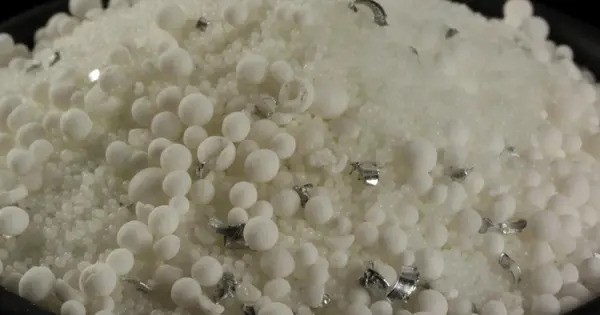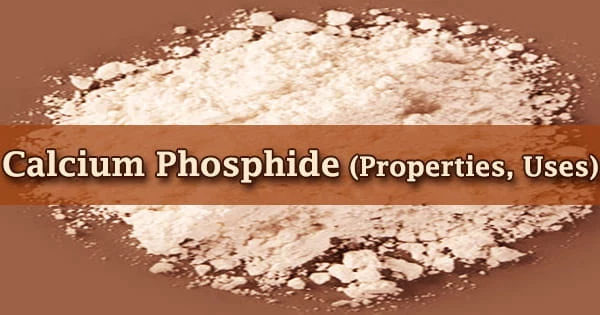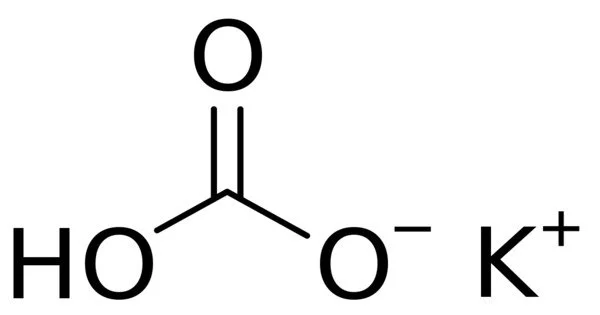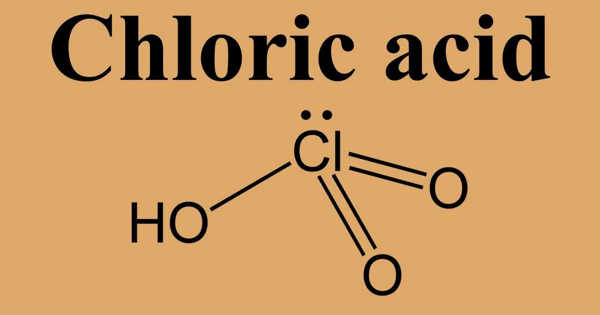Radium hydroxide is an inorganic compound of radium, hydrogen, and oxygen with the chemical formula Ra(OH)2. It is a chemical compound consisting of radium (Ra), an alkaline earth metal, and hydroxide (OH) ions. Stability constant of aqueous RaOH+ ion pair at zero ionic strength is equal to 5. It is a white, crystalline solid, and is highly reactive due to the radioactivity of radium.
Properties
Radium hydroxide forms colorless crystals that dissolve in water better than does barium hydroxide, and has more basic properties. The compound forms a hydrate of the composition Ra(OH)2·8H2O. It is a caustic, toxic, and corrosive substance. It is significantly more toxic than barium hydroxide (Ba(OH)2) and strontium hydroxide (Sr(OH)2).
- Chemical formula: H2O2Ra
- Molar mass: 260 g·mol−1
- Appearance: colorless crystals
- Solubility in water: soluble
Synthesis
A reaction of radium metal with water:
Ra + 2H2O → Ra(HO)2 + H2
The reaction of radium oxide and water can also generate radium hydroxide, and the reaction releases a lot of heat:
RaO + H2O → Ra(HO)2
The compound can also be prepared by reacting radium nitrate with NaOH in solution.
Radium in Nature
Radium is a naturally occurring radioactive element found in trace amounts in uranium and thorium ores. It is produced by the decay of radon (Rn), which itself is a decay product of radium.
Laboratory and Industrial Use
Radium hydroxide is primarily used for scientific purposes, particularly in radiochemistry and in the study of radioactive materials. Due to the risks associated with handling radium and its compounds, radium hydroxide has limited use in industrial or commercial applications.
Radioactivity
Radium hydroxide is radioactive because radium itself is a radioactive element. The radioactivity can pose significant health hazards, particularly in its isolated form. Radium isotopes (such as Ra-226) emit alpha particles, which can be harmful when inhaled or ingested.
Basicity
Radium hydroxide is a strong base and can neutralize acids effectively. It also reacts with carbon dioxide in the air to form radium carbonate, similar to other alkaline earth hydroxides.
Toxicity and Safety
Due to the radioactivity of radium, radium hydroxide is highly hazardous and requires careful handling. Exposure to radium compounds can lead to severe health risks such as radiation poisoning, cancer, and bone damage, as radium accumulates in the bones after exposure.
















